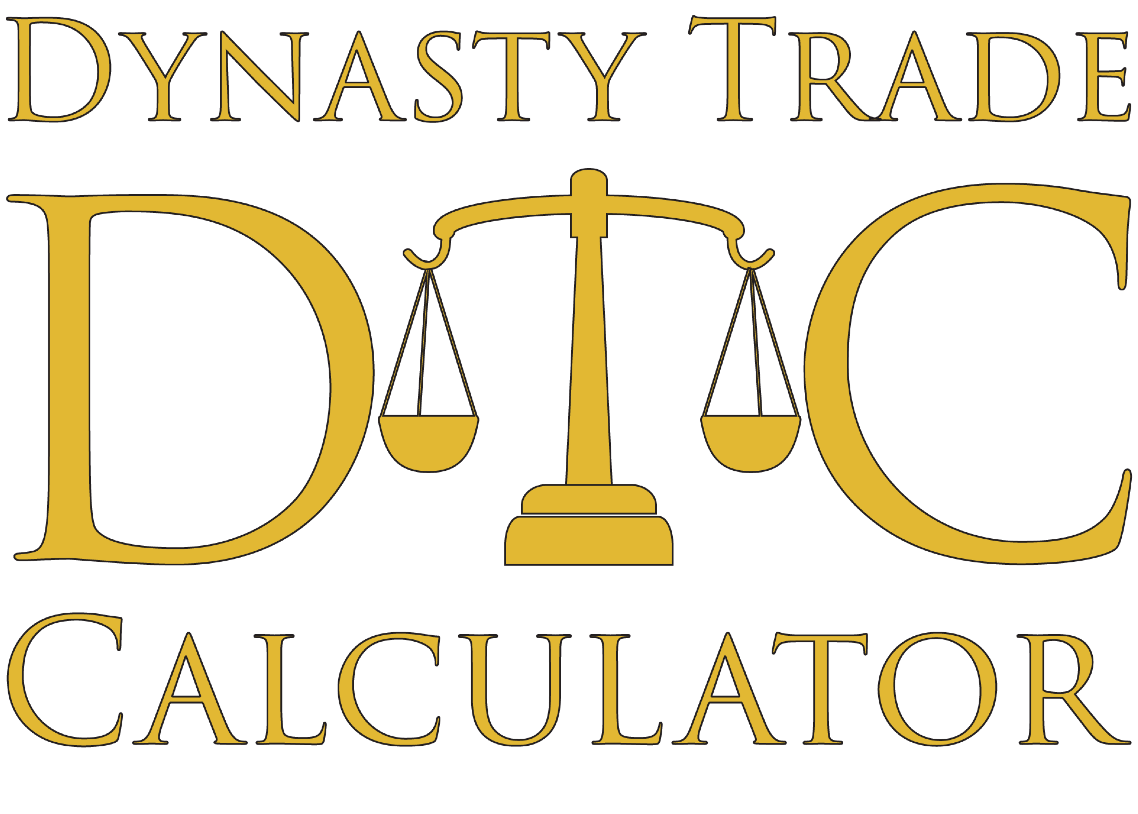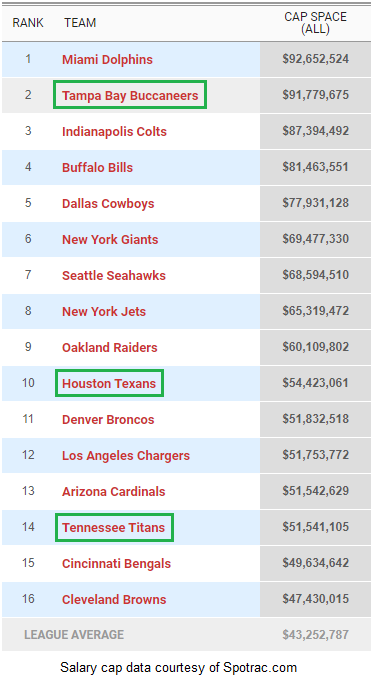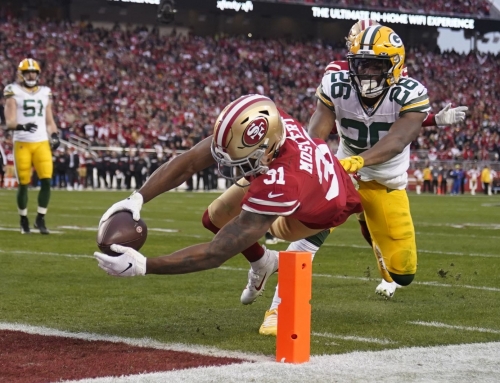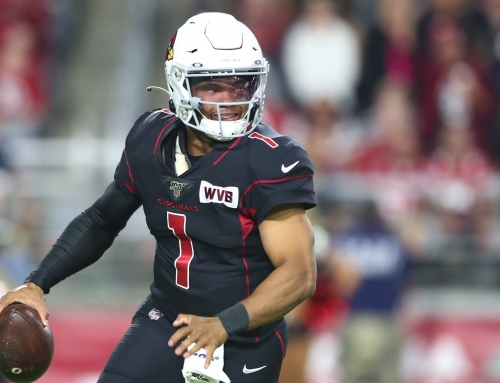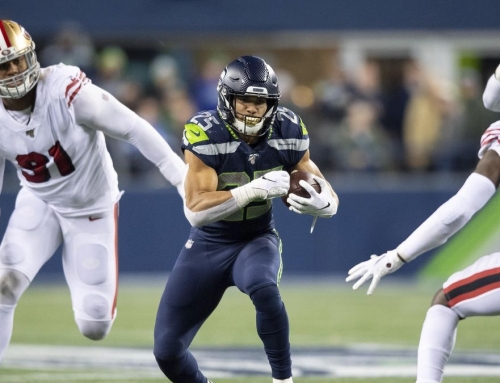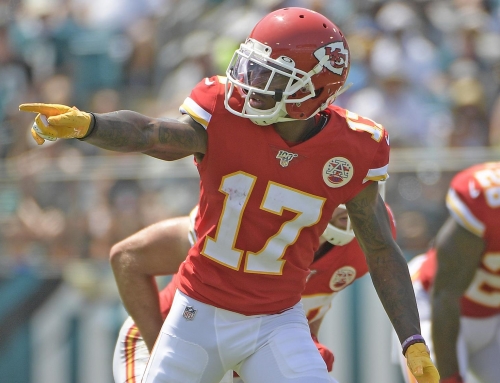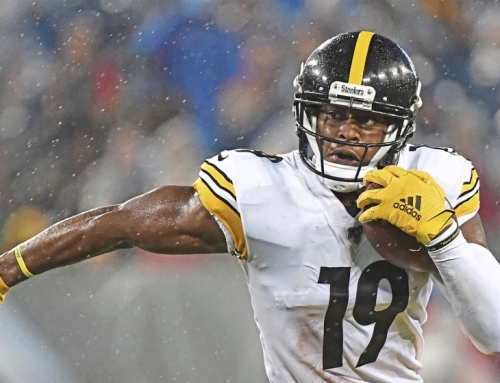It feels like forever ago that LeVeon Bell was an elite fantasy running back being drafted in the first round of dynasty startup drafts. Outside of a lost season in 2015 due to a two-game suspension and a torn MCL, Bell was a fantasy force from 2014 to 2017. In his three fully healthy seasons during that span, Bell averaged over 2,000 yards from scrimmage and double digit touchdowns each year. Then a shocking contract dispute caused him to hold out and miss the entire 2018 season, after which Bell left Pittsburgh to sign a four-year, $53 million deal with the Jets. Bell’s dynasty stock has fallen significantly since the start of 2018, going from a first-round startup pick to dropping out of the top four or five rounds. However, there are reasons for optimism on Bell’s potential to bounce back to elite fantasy production in 2020.
It’s been well-documented that Adam Gase has generally failed to get the most out of his offensive skill position players, at least for fantasy purposes. Players like DeVante Parker, Kenyan Drake, Ryan Tannehill, and even Damien Williams have all thrived with their respective teams post-Gase. The same case can be made for Bell, who could very well be playing for another team next season. There have been plenty of reports and remarks indicating Gase’s discontent with Bell as well as rumors that the Jets will look to move on from Bell this offseason. As a result, there’s a fair chance that Bell will be wearing a different uniform in 2020. Assuming Bell leaves New York, the two biggest fantasy concerns are whether Bell is still an elite talent who can return to fantasy prominence with a change in scenery as well as projecting the most likely landing spots for him.
Let’s first dispel the notion that Bell performed poorly in 2019. Despite missing one game against Miami in Week 14 due to illness, Bell finished the season as the RB16 in PPR formats. Though a far cry from some of his best seasons as a Steeler, Bell’s finish as a mid-range RB2 on an inefficient Jets offense is nothing to scoff at. Bell managed to accumulate 1,250 yards from scrimmage and scored four touchdowns despite the Jets scoring the second-fewest points in the league and with starting quarterback Sam Darnold missing three games due to illness.
While Bell logged a career-low 3.2 yards-per-carry in 2019, much of his inefficiency can be attributed to the failings of his offensive line. The Jets’ offensive line ranked 28th in the league, averaging just 0.7 rushing yards before contact per attempt, the lowest mark of any team in the NFL. And even though the Jets’ offensive line ranked second-worst in run blocking, Bell ran for 789 yards on the season, with a stunning 502 yards (64 percent of his total) coming after contact. In fact, Bell ranked fifth in elusiveness and 15th in yards after contact among running backs in 2019. And as a receiver, Bell’s 440 yards after the catch ranked 16th in the league and seventh among running backs. It would seem that though Bell will be 28 years old going into the 2020 season, he’s still a capable runner and receiver.
Since we’ve established that the Jets’ line and offense as a whole limited Bell’s 2019 production, the next step is determining potential landing spots for him this offseason. As for where Bell will play in 2020 if not in New York, a lot will obviously depend on which team, if any, ultimately trades for Bell. Some in NFL circles have predicted that the most a team would trade for Bell is a fourth-round draft pick. Though his current contract runs through 2022, there is an easy out after next season, as Bell could be cut after 2020 with only $4 million in dead money. The graphic below shows the 16 teams with salary cap space above league average going into the offseason.
Of these teams, many already have entrenched running back depth or are not in a position to contend, so I’ve highlighted the three most likely destinations for Bell above in green. In my opinion, the teams most likely to trade for Bell are the Buccaneers, the Texans, and the Titans. All three have the cap space to afford his 2020 salary, and there’s an argument that running back is a top offensive need for them.
With Peyton Barber a free agent and Ronald Jones inconsistent for much of 2019, it could be logical for the Bucaneers to add a back like Bell to bolster their rushing attack and help take pressure off Jameis Winston. Though there have been rumors of Tampa Bay trading for David Johnson given Bruce Arians’s history with Johnson and the Cardinals, that scenario seems unlikely given Johnson’s drop-off in efficiency in 2019. While some of the blame can likewise fall on Arizona’s offensive line, which ranked 21st in run blocking, Johnson’s various ankle and lower body injuries seemed to have sapped him of his former explosiveness. Unlike Bell, who was still an elusive runner despite the lack of quality blocking, Johnson was inefficient and was eventually phased out in favor of Kenyan Drake.
The only silver lining about Johnson is that he remained an efficient pass-catcher, ranking eighth among running backs in DYAR and fifth in DVOA as a receiver. But given how similar Bell and Johnson’s contracts are in terms of 2020 salary (Bell’s cap hit is $15 million compared to Johnson’s at $14 million) as well as outs in both contracts after next year ($4 million dead money to Bell and $3 million to Johnson), it would make far more sense for the Buccaneers to trade for Bell than Johnson assuming similar trade costs. In a potential workhorse role with Arians and with opponents needing to focus on stopping Mike Evans and Chris Godwin, Bell could easily produce another season with over 2,000 yards from scrimmage.
Houston also has a glaring need at running back. Both Carlos Hyde and Lamar Miller are free agents this offseason, and the team seems to view Duke Johnson as primarily a third-down back. Hyde was the preferred rusher, totaling 245 carries compared to Johnson’s 83 carries, whereas Johnson was the preferred pass-catcher with 62 targets compared to Hyde’s 16 targets. Bell is a true three-down back that could fulfill both roles and make the Texans’ offense less predictable. Following an embarrassing showing by Houston on both offense and defense in their playoff loss to Kansas City, the Texans will look to return to the playoffs next year. Without an official general manager, head coach Bill O’Brien has the final say in personnel decisions with vice president Jack Easterby working with him. Though it would be prudent for Houston to address the offensive line and secondary in the offseason, trading for a superstar running back like Bell as well isn’t out of the question.
In August of 2019, the Texans made a slew of trades, sending an offensive lineman for Hyde, a third-round pick for Johnson, and two first-round picks for left tackle Laremy Tunsil. Given that Tunsil’s contract expires after 2020, and the Texans are more or less in a position to make a title run, it could make sense to acquire Bell even just to maximize his one-year impact. If the team were to use one of their draft picks to trade for Bell, they would still have plenty of cap space to sign a free agent offensive lineman such as Bryan Bulaga or Jack Conklin and retain some of their impact players in the secondary like impending free agents Bradley Roby and Johnathan Joseph. With an even average offensive line, Bell could excel in an offense with opposing defenses keying in on Deshaun Watson, DeAndre Hopkins, and Will Fuller.
Much like Houston, Tennessee will also look to avenge their playoff exit at the hands of the Chiefs. While Derrick Henry literally carried them to two playoff wins, Kansas City was able to effectively limit his impact on the game. Many are predicting that the Titans will either sign Henry to a multi-year contract that’s front-loaded or use the franchise tag on him, and those two scenarios remain the most likely. However, the NFL is unpredictable, and there’s also a distinct possibility that Tennessee could choose to focus their free agency spending on defense rather than paying Henry a lucrative long-term deal. After all, Ryan Tannehill and the rest of the offense kept the game fairly close, scoring 24 points despite Henry’s ineffective 19 carries for 69 yards. The key deficiency was that the Titans simply couldn’t stop Patrick Mahomes and company from putting up 35 points en route to victory. Building a defensive line and secondary that can stop, or at least slow down, Mahomes will be essential for Tennessee in realizing their Super Bowl aspirations, and the same goes for all other AFC teams.
One judicious route could be to sign Tannehill to a multi-year deal to lead this offense and allow Henry to leave in free agency. If they were to trade for essentially a one-year rental on Bell, Tennessee could still add a cheaper free agent like Carlos Hyde for depth, as Dion Lewis is also a cut candidate given his minimal impact in 2019 and his $5 million cap hit in 2020. Henry’s bruising power and ability to wear down defenses contributed greatly to the Titans’ playoff run, but it’s arguable that given the quality of their offensive line, which ranked fourth in run blocking this past season, Bell could find similar or possibly even more success as a result of his patient running style. Bell also offers more as a receiver. While Tennessee did utilize Henry on some screens and passing plays in 2019, he still only had 18 receptions on the year. On the other hand, Bell averaged over 80 receptions per season during his prime years in Pittsburgh. As a dynamic pass-catcher both out of the backfield and with the ability to split out wide, Bell can produce similarly on the ground to what Henry managed but is conceivably a better fit as an all-around back if and when the Titans need to play from behind. The case can be made that Bell offers more in the short term relative to his $15 million cap hit in 2020 compared an estimated $10 or so million owed to Henry if Tennessee were to use the franchise tag on him. And if the offensive line stays healthy in 2020, and Tannehill can continue playing efficiently, Bell in an every-down role could have a career year in Tennessee that rivals even his elite fantasy seasons as a Steeler.
There are other scenarios beyond these three that could vault Bell back into the ranks of the fantasy elite, but let’s examine a worst-case scenario. In the event that there are no teams willing to trade for Bell, he would spend another season with the Jets, as they would face an exorbitant $19 million cap hit for cutting him. Even though Gase and general manager Joe Douglas’s ability to effectively run the organization is still in question, rational decision-making would dictate that the team is likely to spend capital to improve their offensive line. The odds of the Jets’ offensive line ranking in the bottom-two in the league in consecutive years are low. And while Robby Anderson may depart for greener pastures, New York will undoubtedly add receiver help, whether via the draft or in free agency. A veteran like A.J. Green or Emmanuel Sanders could make sense along with a rookie addition in a deep receiver class.
Bell has a fairly high fantasy floor due to workload alone considering that he is one of only a few true workhorse running backs remaining in the league. He played over 77 percent of the snaps on offense despite missing a game, the fourth-highest in the league among running backs, trailing behind only Christian McCaffrey, Ezekiel Elliott, and Leonard Fournette. Bell’s ability to create yards after contact ensures a respectable rushing total, and his involvement as a receiver amplifies his floor and ceiling in PPR formats. The worse-cast scenario for Bell, barring injury or an unexpected drop-off in ability, is another RB2 fantasy finish in 2020. Based on the Twitter poll results below, it would seem that Bell can be acquired in many dynasty leagues for a late first-round rookie pick or possibly even at the price of just a second-round rookie pick.
Bell is a great buy candidate for contending teams in need of help at running back. Even if he remains on the Jets, Bell has proven that he can sustain RB2 production in fantasy. And in a best-case scenario, if a team like Tampa Bay or Houston or Tennessee were to trade for him, Bell still has the talent to return to his vintage 2014 elite RB1 production in 2020. At the price of a late first-round rookie pick or less, Bell could return massive dividends for dynasty teams next year.
For more fantasy football and dynasty content, follow me on Twitter @FFA_Meng.
